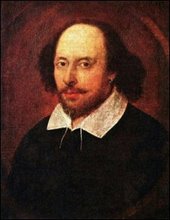
Schema: SAT
Genre - short story
Lesson: There are only 10 days before final exams begin. We will do a number of things in this period. First, we will look at the prose genre, short story. Second, we will review sentence structure and mechanic issues related to sentences. Third, we will review the texts we’ve read this semester and the literary concepts used to examine the texts; this will be for the final exam. While we are doing this, you will complete your electronic portfolio. For some students, it will be necessary that they revise and edit their Dante essays. I will have the Shakespeare essays graded by next Monday, and I suspect there will be a need for some students to revise and edit this essay. I will be available to meet after school this week to work with you on essay edits.
Today, let’s look at the short story. This will be independent work. Go to “What Makes a Good Short Story” and follow the instructions. The site uses a short story to explore five elements of a short story. Your task is to read the story, create a list of characters and plot events, and take notes on the story elements explained in the site. Provide character detail and description when you make your character list. I suggest you begin by reviewing the elements of a short story and then read the story. As you read the story, the site will allow you to link to the elements to reinforce your learning.
I will be available if you wish to discuss your Dante essays during class. This lesson will continue tomorrow.
Homework: Work on character list and plot events. Revise and edit Dante essay. Organize notes and begin final exam review.



 The Agincourt cross over the graves of unnamed French dead
The Agincourt cross over the graves of unnamed French dead